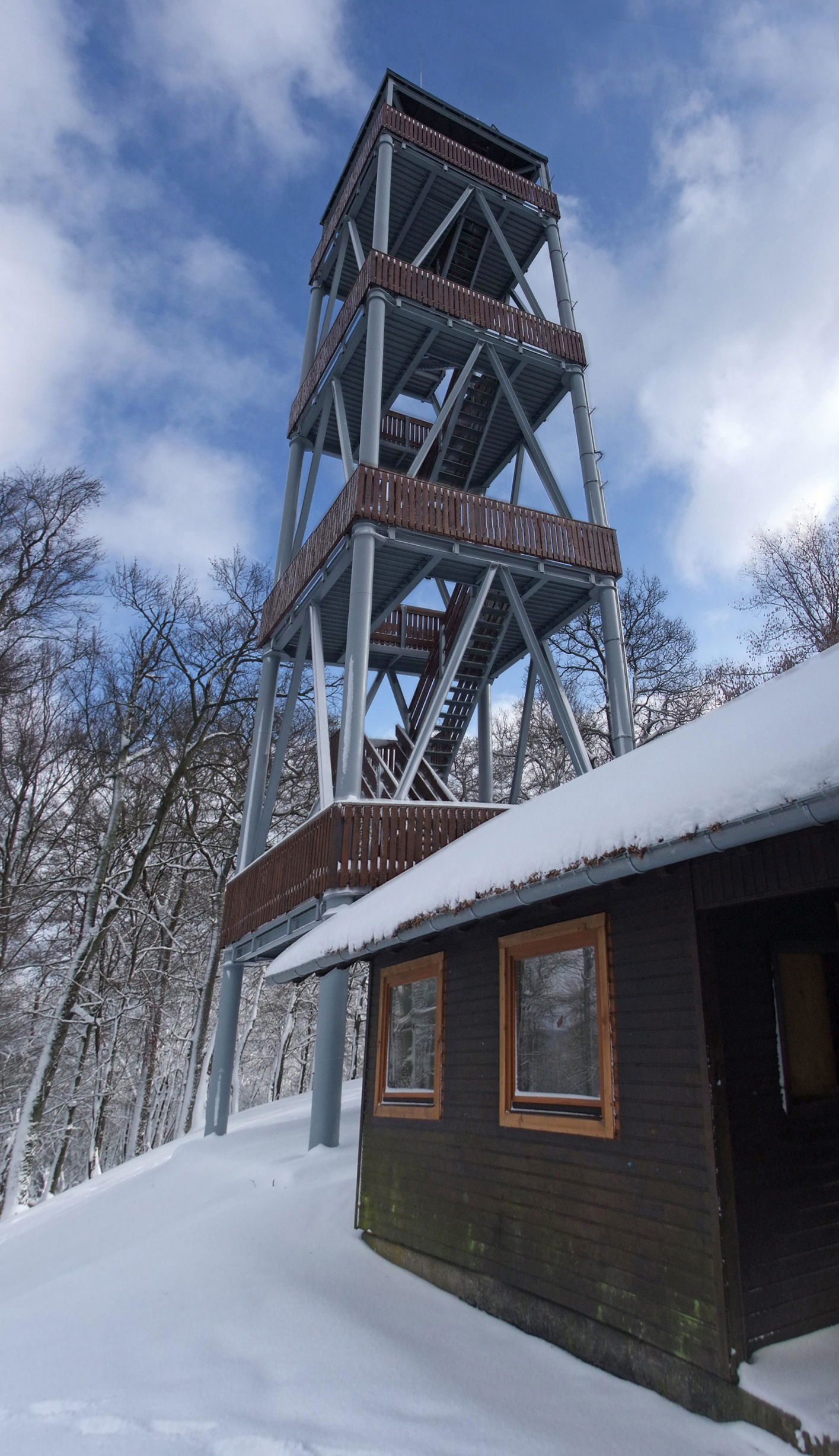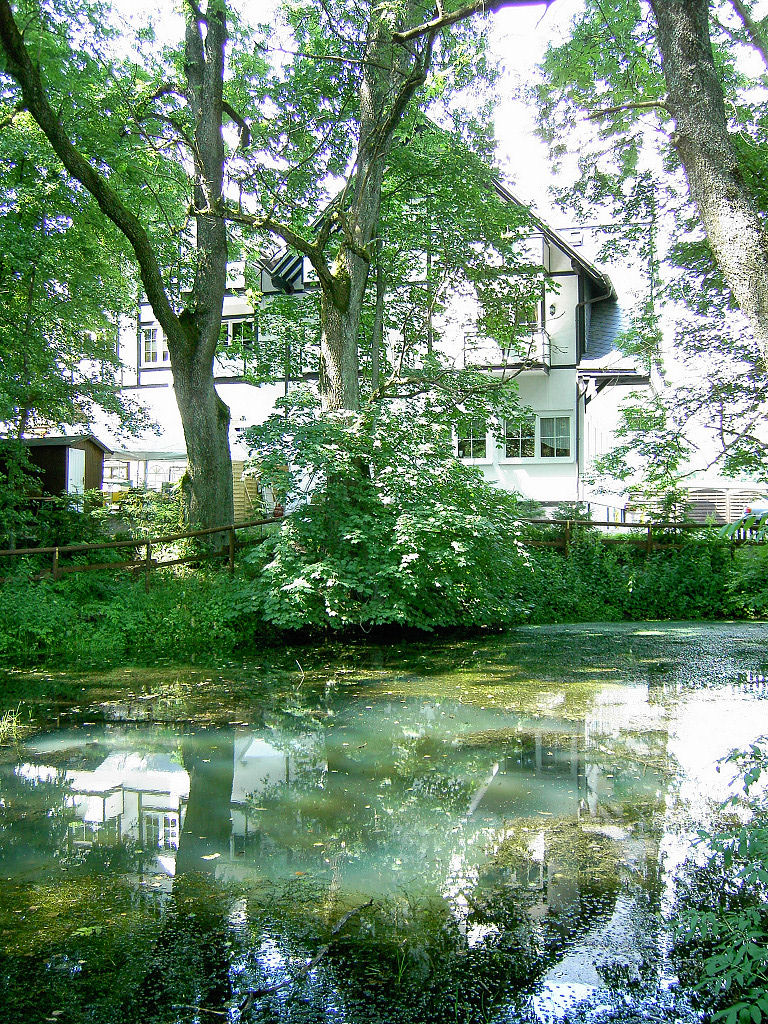|
Rimberg (Hinterland)
The Rimberg is a mountain in Hesse, Germany; at 497.1 meter high, in the Gladenbach Uplands, in the Marburg-Biedenkopf district. On top of it is the Rimbergturm, an observation tower. The Rimberg's north-easterly neighbour is the Feiselberg, which merges to the valley of the Lahn near Caldern. External links Images of the Rimberg at Commons References Mountains of Hesse Hills of the Gladenbach Uplands {{Hesse-geo-stub ... [...More Info...] [...Related Items...] OR: [Wikipedia] [Google] [Baidu] |
Hesse
Hesse (, , ) or Hessia (, ; german: Hessen ), officially the State of Hessen (german: links=no, Land Hessen), is a state in Germany. Its capital city is Wiesbaden, and the largest urban area is Frankfurt. Two other major historic cities are Darmstadt and Kassel. With an area of 21,114.73 square kilometers and a population of just over six million, it ranks seventh and fifth, respectively, among the sixteen German states. Frankfurt Rhine-Main, Germany's second-largest metropolitan area (after Rhine-Ruhr), is mainly located in Hesse. As a cultural region, Hesse also includes the area known as Rhenish Hesse (Rheinhessen) in the neighbouring state of Rhineland-Palatinate. Name The German name '' Hessen'', like the names of other German regions (''Schwaben'' "Swabia", ''Franken'' "Franconia", ''Bayern'' "Bavaria", ''Sachsen'' "Saxony"), derives from the dative plural form of the name of the inhabitants or eponymous tribe, the Hessians (''Hessen'', singular ''Hesse''). The g ... [...More Info...] [...Related Items...] OR: [Wikipedia] [Google] [Baidu] |
Germany
Germany, officially the Federal Republic of Germany (FRG),, is a country in Central Europe. It is the most populous member state of the European Union. Germany lies between the Baltic and North Sea to the north and the Alps to the south. Its 16 constituent states have a total population of over 84 million in an area of . It borders Denmark to the north, Poland and Czechia to the east, Austria and Switzerland to the south, and France, Luxembourg, Belgium, and the Netherlands to the west. The nation's capital and most populous city is Berlin and its main financial centre is Frankfurt; the largest urban area is the Ruhr. Settlement in what is now Germany began in the Lower Paleolithic, with various tribes inhabiting it from the Neolithic onward, chiefly the Celts. Various Germanic tribes have inhabited the northern parts of modern Germany since classical antiquity. A region named Germania was documented before AD 100. In 962, the Kingdom of Germany formed the ... [...More Info...] [...Related Items...] OR: [Wikipedia] [Google] [Baidu] |
Gladenbach Uplands
The Gladenbach Uplands (german: Gladenbacher Bergland), named after their central town of Gladenbach, is a range of hills up to 609 m high in the Rhine Massif in Germany, on the junction of the Rothaar Mountains (north and northwest), Westerwald (southwest), (Eastern) Hintertaunus (in the south) and West Hesse Highlands in the east. It lies in Central Hesse within the districts of Marburg-Biedenkopf, Lahn-Dill and Gießen within the so-called Lahn-Dill-(Dietzhölze-) loop. Small parts of the Upper Lahn Valley in the northwest belong, together with the town of Bad Laasphe, also to the district of Siegen-Wittgenstein, North Rhine-Westphalia. The Gladenbach Uplands are geographical unit 320 which is part of the natural region 32, the Westerwald, in Germany's system of natural regions. The Gladenbach Highlands is largely coextensive with the Lahn-Dill Uplands Nature Park which extends further west, however, but is somewhat less extensive in the southeast and whose boundaries ... [...More Info...] [...Related Items...] OR: [Wikipedia] [Google] [Baidu] |
Marburg-Biedenkopf
Marburg-Biedenkopf is a ''Kreis'' (district) in the west of Hesse, Germany. Neighboring districts are Waldeck-Frankenberg, Schwalm-Eder, Vogelsbergkreis, Gießen, Lahn-Dill, Siegen-Wittgenstein. History The district was created in 1974 when the districts Marburg, Biedenkopf and the former urban district of Marburg were merged. The district has partnerships with Huntingdonshire in the United Kingdom, the borough of Charlottenburg in Berlin, and the district of Kościerzyna in Poland. Geography The main river in the district is the Lahn. Coat of arms The coat of arms shows the lion of Hesse, as Marburg was the seat of the landgraves of Hesse, and also their tomb is located in a church in Marburg. The coat held by the lion shows the black cross of the Counts of the Teutonic Knights The Order of Brothers of the German House of Saint Mary in Jerusalem, commonly known as the Teutonic Order, is a Catholic religious institution founded as a military society in Ac ... [...More Info...] [...Related Items...] OR: [Wikipedia] [Google] [Baidu] |
Feiselberg
Feiselberg is a mountain of Gladenbach Uplands near Caldern, Landkreis Marburg-Biedenkopf, Hesse, Germany Germany, officially the Federal Republic of Germany (FRG),, is a country in Central Europe. It is the most populous member state of the European Union. Germany lies between the Baltic and North Sea to the north and the Alps to the sou .... References Mountains of Hesse {{Hesse-geo-stub ... [...More Info...] [...Related Items...] OR: [Wikipedia] [Google] [Baidu] |
Lahn
The Lahn is a , right (or eastern) tributary of the Rhine in Germany. Its course passes through the federal states of North Rhine-Westphalia (23.0 km), Hesse (165.6 km), and Rhineland-Palatinate (57.0 km). It has its source in the Rothaargebirge, the highest part of the Sauerland. It meets the Rhine at Lahnstein, near Koblenz. Important cities along the Lahn include Marburg, Gießen, Wetzlar, Limburg an der Lahn, Weilburg and Bad Ems. Tributaries to the Lahn include the Ohm, Dill, the Weil and the Aar. The lower Lahn has many dams with locks, allowing regular shipping from its mouth up to Runkel. Riverboats also operate on a small section north of the dam in Gießen. Source area The Lahn is a -long, right (or eastern) tributary of the Rhine in Germany. Its course passes through the federal states of North Rhine-Westphalia (23.0 km), Hesse (165.6 km), and Rhineland-Palatinate (57.0 km). The Lahn originates at the Lahnhof, a locality of ... [...More Info...] [...Related Items...] OR: [Wikipedia] [Google] [Baidu] |
Rimberg (Hinterland)
The Rimberg is a mountain in Hesse, Germany; at 497.1 meter high, in the Gladenbach Uplands, in the Marburg-Biedenkopf district. On top of it is the Rimbergturm, an observation tower. The Rimberg's north-easterly neighbour is the Feiselberg, which merges to the valley of the Lahn near Caldern. External links Images of the Rimberg at Commons References Mountains of Hesse Hills of the Gladenbach Uplands {{Hesse-geo-stub ... [...More Info...] [...Related Items...] OR: [Wikipedia] [Google] [Baidu] |
Mountains Of Hesse
A mountain is an elevated portion of the Earth's crust, generally with steep sides that show significant exposed bedrock. Although definitions vary, a mountain may differ from a plateau in having a limited summit area, and is usually higher than a hill, typically rising at least 300 metres (1,000 feet) above the surrounding land. A few mountains are isolated summits, but most occur in mountain ranges. Mountains are formed through tectonic forces, erosion, or volcanism, which act on time scales of up to tens of millions of years. Once mountain building ceases, mountains are slowly leveled through the action of weathering, through slumping and other forms of mass wasting, as well as through erosion by rivers and glaciers. High elevations on mountains produce colder climates than at sea level at similar latitude. These colder climates strongly affect the ecosystems of mountains: different elevations have different plants and animals. Because of the less hospitable terrain and ... [...More Info...] [...Related Items...] OR: [Wikipedia] [Google] [Baidu] |




